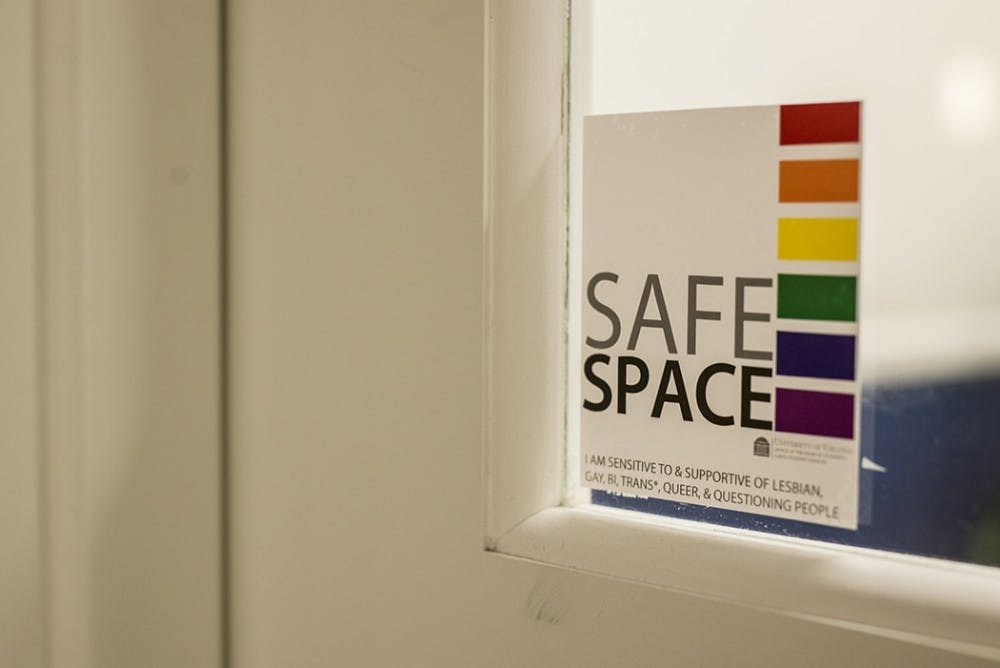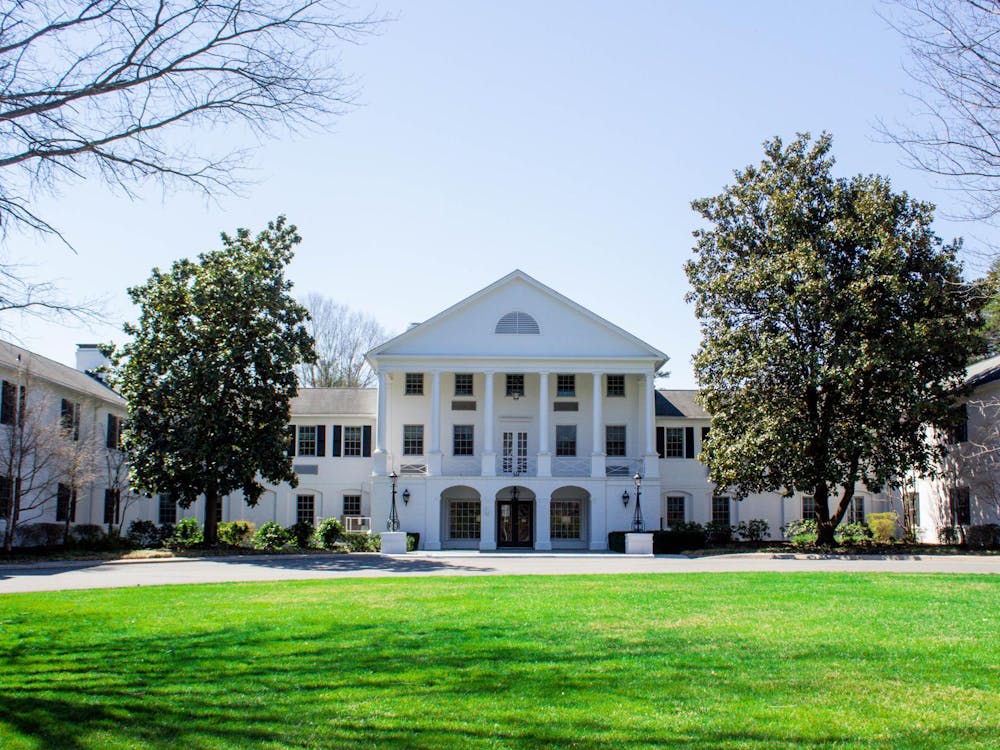Last week, Cavalier Daily columnist Thomas Ferguson argued for the elimination of safe spaces at the University. Safe spaces, Ferguson argued, threaten our First Amendment right to free speech and hinder academic discourse at universities. One must hope that this appalling contortion of safe space theory comes from ignorance alone, rather than a willful decision to politicize students’ security. Whatever the intent, Ferguson earns partisan points with his article while threatening the safety of queer and minority students, as well as the survivors of trauma. Safe spaces have nothing to do with free speech and everything to do with protecting students from personal attacks and abuse.
Ferguson’s argument is far from unusual. In 2015, a similar Cavalier Daily article suggested that the expansion of college safe spaces comes with limitations on the freedom of speech. Judith Shulevitz has railed against the dangers of avoiding “discomfiting or distressing viewpoints” in safe spaces. Even The Washington Post’s Jeffrey Kidder, in criticizing Attorney General Jeff Sessions’ views on political correctness, uses “safe space” language to address issues of free speech. The problem is that safe spaces do not protect students from mere “discomfort” or “confrontation” — they protect students from attacks on their value as human beings: from personal assaults on a student’s right to be who they are, and from needless re-ignition of past traumatic pain.
Ferguson uses Merriam-Webster to define “safe space.” I suggest, however, that we look to the individuals who need the protection of these spaces to get a working definition. Campus Pride founder Shane Windmeyer said that safe spaces are where students “don’t have to worry about being harmed or discriminated against or have any type of violence in their community targeted to them.” At the University, queer students have used safe spaces to protect against “assault or oppression.” In reality, safe spaces prohibit far less than Ferguson or other commentators would suggest. The constructive exchange of ideas is welcome in safe spaces — personal and pointed acts of emotional violence are not.
I think Brown University’s Katie Byron articulates this distinction best. In her study of safe spaces and trigger warnings on college campuses, Byron writes that critics of safe spaces too often “[conflate] safety with comfort.” She suggests that “creating safe, though not necessarily comfortable, spaces allows students to express a broader range of viewpoints and the security needed to freely engage with academic material.” The debate over uncomfortable or controversial speech on college campuses, then, has no relation to the debate over safe spaces. Safe spaces prevent trauma, not general discomfort.
Ferguson conflates these two debates repeatedly. At the beginning of the article, he cites a Brookings study of college students’ perspectives on the First Amendment. But what does the study’s discussion of uncomfortable speech on campuses have to do with the prevention of trauma for minorities and survivors? Similarly, the study’s defense of hate speech as free speech does not relate to the prevention of targeted and personal attacks on students’ identities. Ferguson goes on to compliment the University of Chicago’s elimination of safe spaces from its campus. Again, the debate over comfort coincides with the debate over safety. Safe spaces do not allow students to “retreat from ideas and perspectives at odds with their own,” as Chicago’s Dean of Students John Ellison suggests. Even the defense of safe spaces which Ferguson cites makes the wrong argument — Northwestern University’s President, Morton Schapiro, discusses “uncomfortable learning” rather than student security.
More perplexing is Ferguson’s criticism of Christina Hoff Sommers’s 2015 visit to Oberlin College. Ferguson seems to contend that students’ creation of a safe space during Sommers’s speech hindered the college’s ability to “critically [consider] her views.” Rather than being for “students who disagreed with [Sommers]” as Ferguson suggests, the safe space was created for “survivors of sexualized violence.” Again, we see safe spaces used to protect the wellbeing of students struggling with trauma rather than students uncomfortable with disagreement. Moreover, Ferguson’s critique of student activists at the event itself seems to speak to his own discomfort with diverse opinions. At the event, students asked Sommers whether her controversial perspectives on rape culture amounted to rape denial. Ferguson writes that these questions failed to “[advance] discussion,” but questions like these that confront controversy directly seem critical to productive discussion.
The University should celebrate safe spaces. Contemporary debates over safe space policy — both criticism and defense — wrongfully link the question of student security with the larger question of student comfort and discourse. The conflation of these debates makes for better headlines — articles like Ferguson’s draw praise for defending the First Amendment. But minority students and the survivors of trauma deserve more than to be pawns of gratuitous partisanship. Score political points elsewhere, and leave student safety alone.
Jack Chellman is an Opinion columnist for The Cavalier Daily. He can be reached at opinion@cavalierdaily.com.







